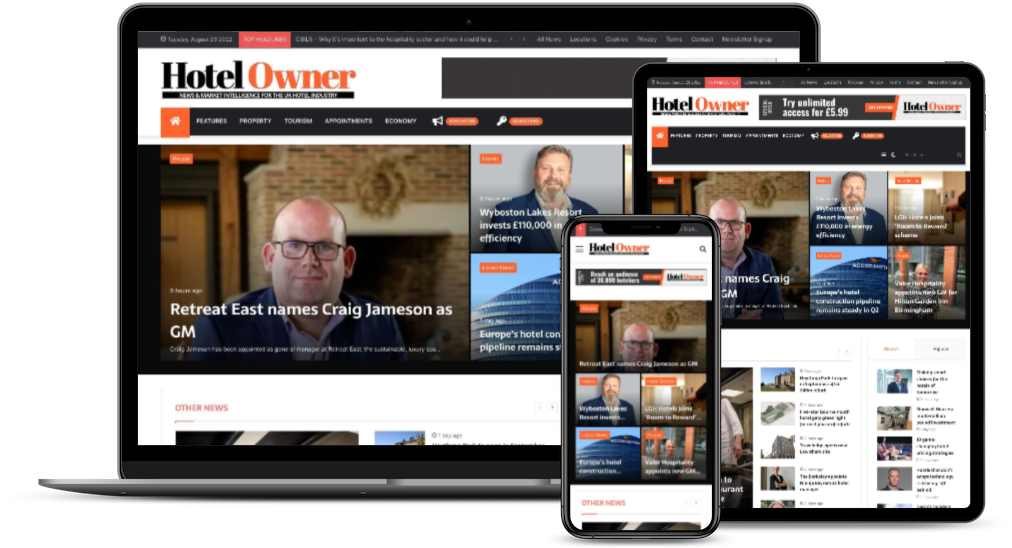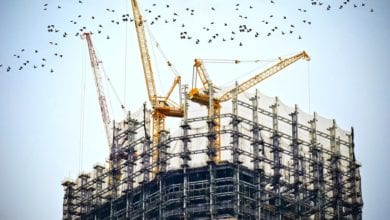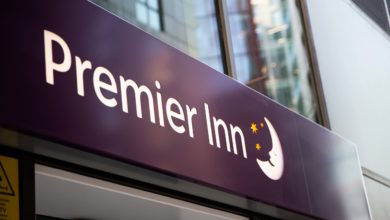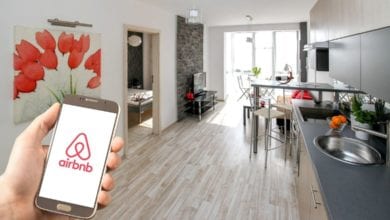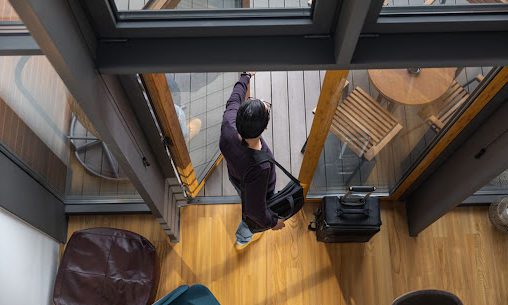
All properties, no matter their size, must identify key metrics that determine how well their business is performing. Setting clear goals, backed by the technology to help collect and analyze data, can help management make better business decisions to grow their property and attract more guests.
Due to the dynamic nature of the hospitality industry, data collection and analysis can often be pushed to the side, leaving management unsure of their property’s performance. Therefore, we’ve identified 5 critical KPIs that every property, regardless of size, should track at a minimum to ensure success. All of the following KPIs should be tracked consistently; however, it’s up to property owners and managers to determine what cadence – weekly, monthly, or quarterly – makes the most sense.
What is a KPI?
A KPI, or a key performance indicator, is a metric attached to a specific goal. KPIs are used to support decision-making, draw conclusions, and predict future trends. They can be attached to the entire property, such as increasing reservations by X percent, or assigned to a specific department, such as reducing housekeeping time onsite by X minutes. Often, departments will have individual KPIs related to the overall property KPI so that each team member understands how their work affects the entire property.
Why are KPIs & data analytics important in the hospitality industry?
Virtually all aspects of the research and booking process have moved online, which has created an immense amount of data for properties to decipher. This data is precious and holds essential insights for hoteliers to attract more guests, make better pricing decisions, and deliver a better guest experience. Identifying the right KPIs is the first step in organising, filtering, and zeroing-in on your data. Without an understanding of what points you (or your technology) should be looking for, you will not be able to sift through the sheer volume of data. With data analytics, the opportunities are almost endless in what you can discover. Data analytics allow you to examine booking patterns to predict future occupancy rates, compare pricing with competitors to develop a more effective pricing strategy, and much more.
5 important KPIs to track
The following KPIs are commonly used throughout the industry by owners and operators to determine performance. Remember to benchmark your hotel’s performance to your competitors, the local market, or the industry standard to understand your strengths and weaknesses.
-
Average Daily Rate (ADR)
The average daily rate (ADR) is the average price your guests pay for a room. It is an indicator of the prices guests are willing to pay for a room on average and can help you understand how your property’s rates compare to the competition.
To calculate ADR, you divide the room revenue for the day by the number of rooms sold that day (you can also do this over a specific period, such as a week or month).
If your ADR is low compared to the market, consider charging premium rates for your best rooms, offer guests the opportunity to upgrade to a more expensive room on arrival, or offer packages that bundle rooms with other services.
-
Revenue per Available Room (RevPAR)
The revenue per available room (RevPAR) is the average revenue your property generates per available room. It takes into account all available rooms, including both unoccupied and occupied. The higher your RevPar, the more successful you have been in finding a balance between rates and bookings to drive the most revenue for your property.
To calculate RevPar, divide your property’s total room revenue on that night by the total number of rooms available to sell.
If your RevPar is low, you will have to increase your occupancy, rate, or a combination of the two. Consider using stay restrictions like “closed to arrival” or “minimum length of stay” to boost occupancy on shoulder nights or implement a dynamic pricing strategy to increase rates during times of high demand and reduce during low demand.
-
Occupancy rate
The occupancy rate is the number of rooms occupied by guests on any given night or over a period of time. Your property’s occupancy rate indicates how successful you are at attracting bookings and can help show patterns used to guide operational planning and revenue management strategies over time. While most properties strive for 100% occupancy, you should first weigh occupancy against average rates to see what is more profitable.
To calculate your occupancy rate, divide the number of rooms occupied on a given night by the total number of rooms multiplied by 100.
If you’ve determined that you need to increase your occupancy rate, try reaching out to past guests with special offers to encourage repeat visits or contact your OTA partners to inquire about participating in promotions to increase visibility and drive more bookings. If you have the expertise, digital marketing can also be a great way to attract new visitors through CPC advertising on Google or metasearch platforms.
-
Gross Operating Profit (GOP)
Gross operating profit (GOP) is a measure of your property’s hotel revenue less its operating costs (fixed and variable). It provides a more complete view of your hotel’s performance as it considers all revenue streams and costs of doing business. It helps management understand whether or not their property is earning more revenue than its spending or vice versa.
To calculate GOP in a given period, add the total revenue and deduct the total operating expenses.
Although GOP is a strong indicator of how profitable a property is during that period, it doesn’t take into account non-operating expenses like taxes which are required to measure net profit, so be sure to keep that in mind.
-
Average Length of Stay (ALOS)
The average length of stay (ALOS) is the number of nights guests stay on average over a given period. Generally, longer stays are more profitable for property owners; therefore, increasing the ALOS is always a great KPI.
To calculate the ALOS, divide the total occupied room nights by the total number of bookings.
Since shorter stays are less profitable due to the high costs associated with acquiring bookings and servicing rooms, you should consider implementing tactics to increase stay times. These could include incentives for extended stays and amenities such as built-in kitchenettes or workspaces.
Technology to help track & manage KPIs
As mentioned above, the sheer volume of data collected by properties is nearly impossible to collect, organize, filter, and analyze without the help of technology. Thankfully, many options available to hoteliers today provide fast, error-free collection and data analysis for better decision-making.
Property management systems (PMS) act as the central repository of guest and booking information and streamlines the collection, integration, storage, and usage of all data types. Modern PMS systems provide insightful data to management and is accessible from anywhere with an internet connection. They allow management to pull data from across the system and automatically create reports such as production, financial, inventory, occupancy, and more.
Revenue management systems are usually integrated with a property’s PMS and help manage and analyze rates so your business can keep competitive in your market. These tools gather market data to support management in formulating KPIs and making informed pricing decisions based on historical data, such as pace, pickup, and occupancy year-over-year.
Establishing KPIs can help drive your property forward as long as you consistently monitor and make changes based on results. Making KPIs a priority across departments can help ensure property-wide goals are met. Utilize technology to help collect and organize data so you can analyze the results to make important business decisions. Ensure that you track the competition and market trends and adjust accordingly.

